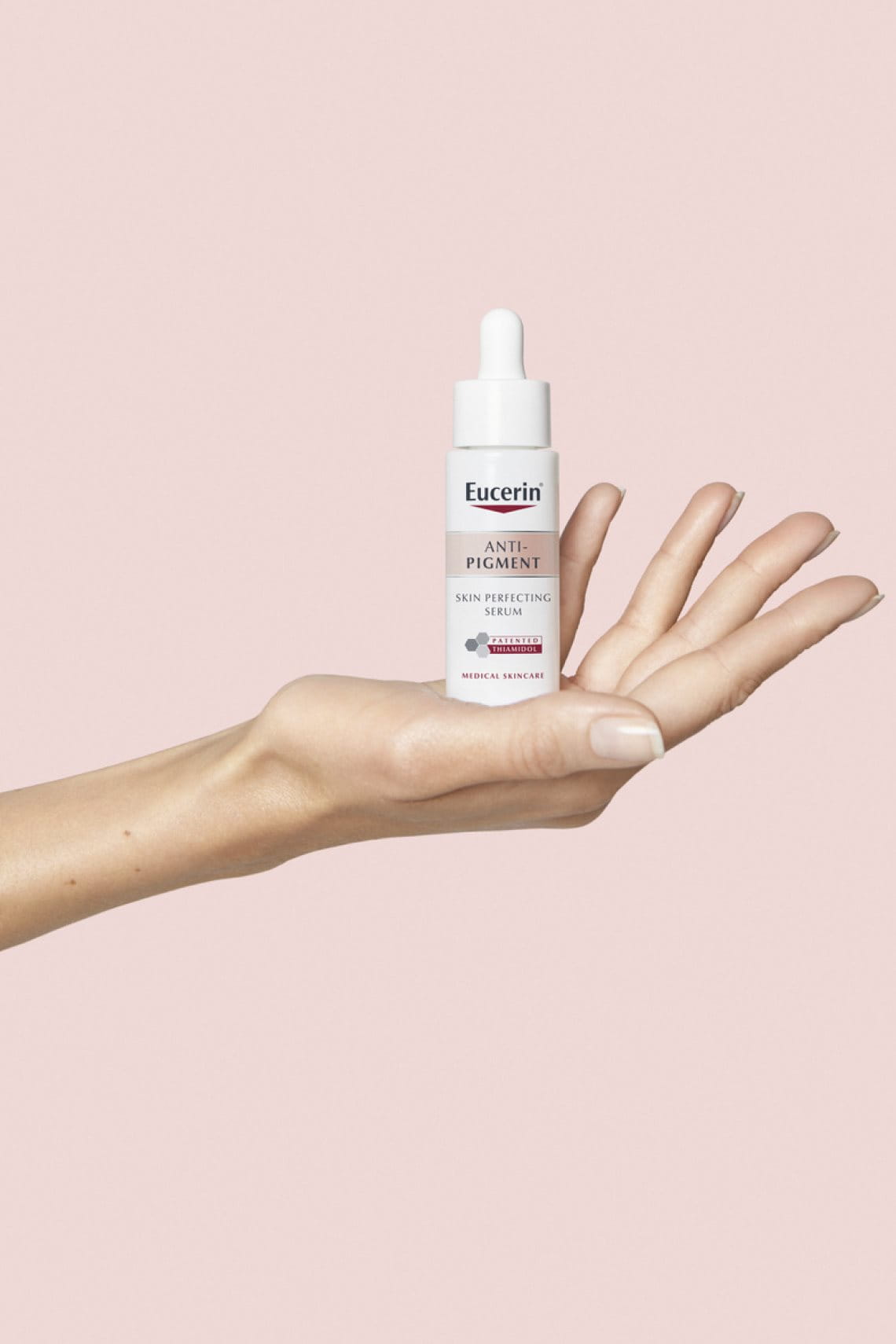Around 10% of the global population (between 10-20% of children and 2-5% of adults are affected) and cases are on the increase. In fact, over the past 30 years patient numbers have grown by 200-300%.
Atopic Dermatitis is most common in babies and children. 90% of patients experienced symptoms before they were five and 80% by the time they were two. Evidence suggests that there are slightly more female than male sufferers and it is predominantly a disease of the Western world.
Atopic skin goes through two phases: non-active (or “normal”) and active (or “flare-up”).
During a non-active phase facial skin may be dry to very dry, slightly flaky, pink to red and affected areas – most commonly the cheeks, scalp, forehead, round the eyes and behind the ears - may have small healed cracks.
The more distressing phase, both physically and psychologically, is the flare-up phase when sufferers experience light to intense itching and facial skin that is red to deep red, uneven to swollen, sore, flaky and even mildly bleeding.














